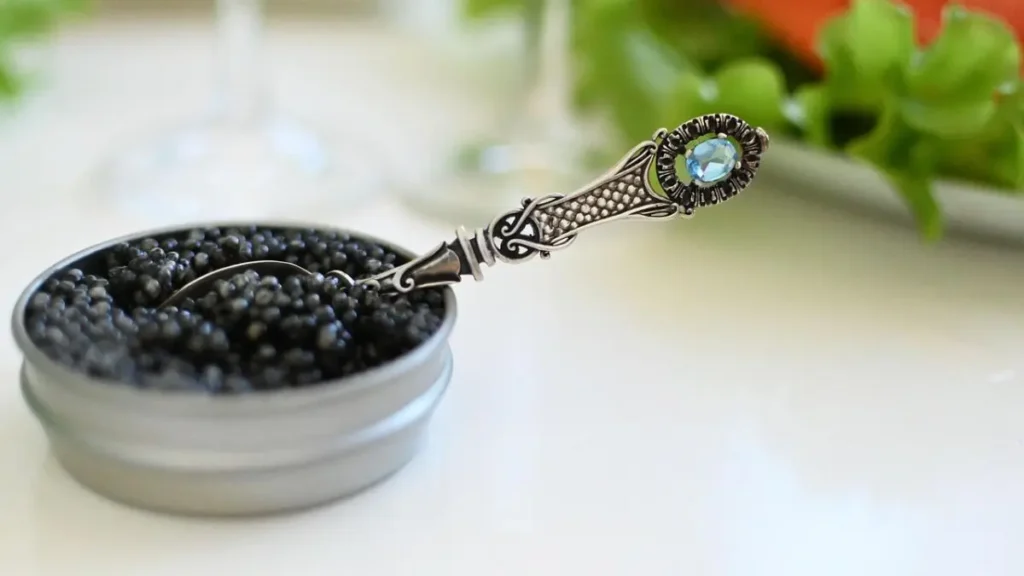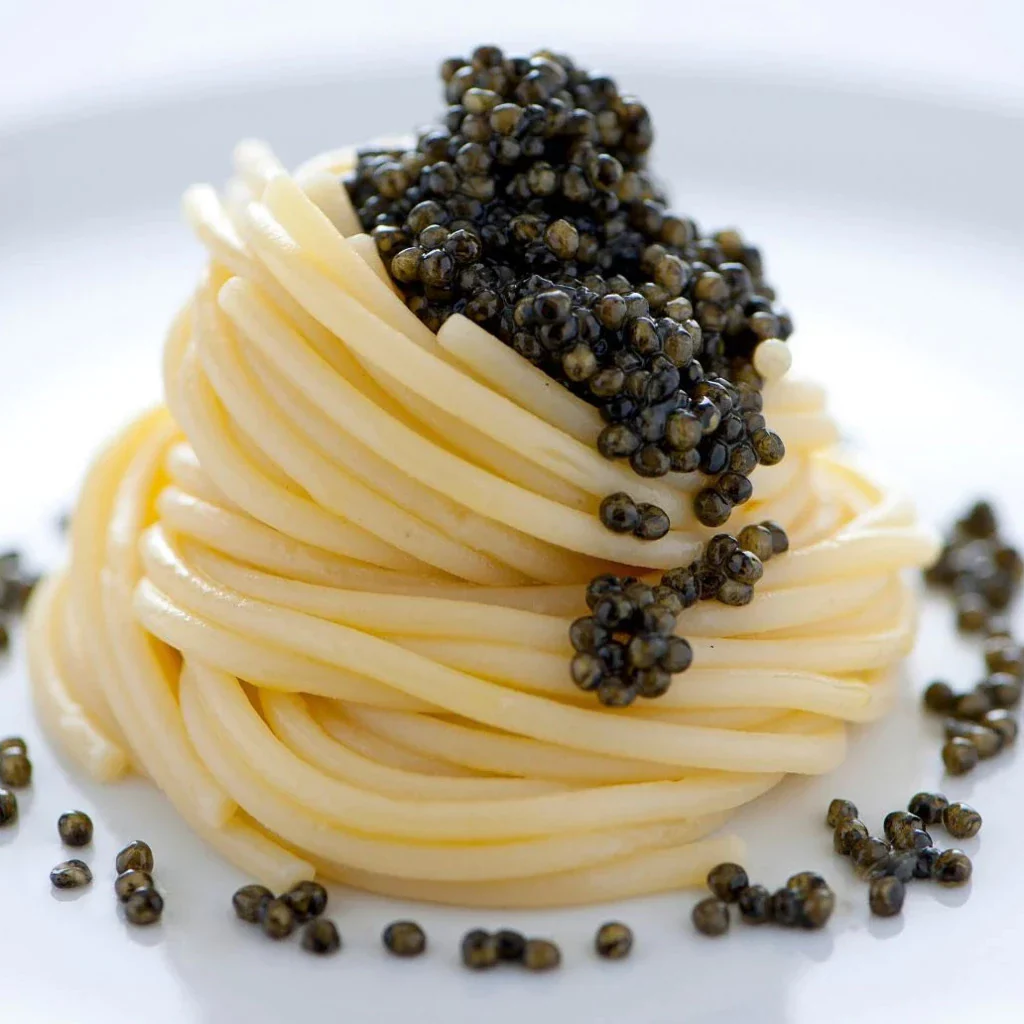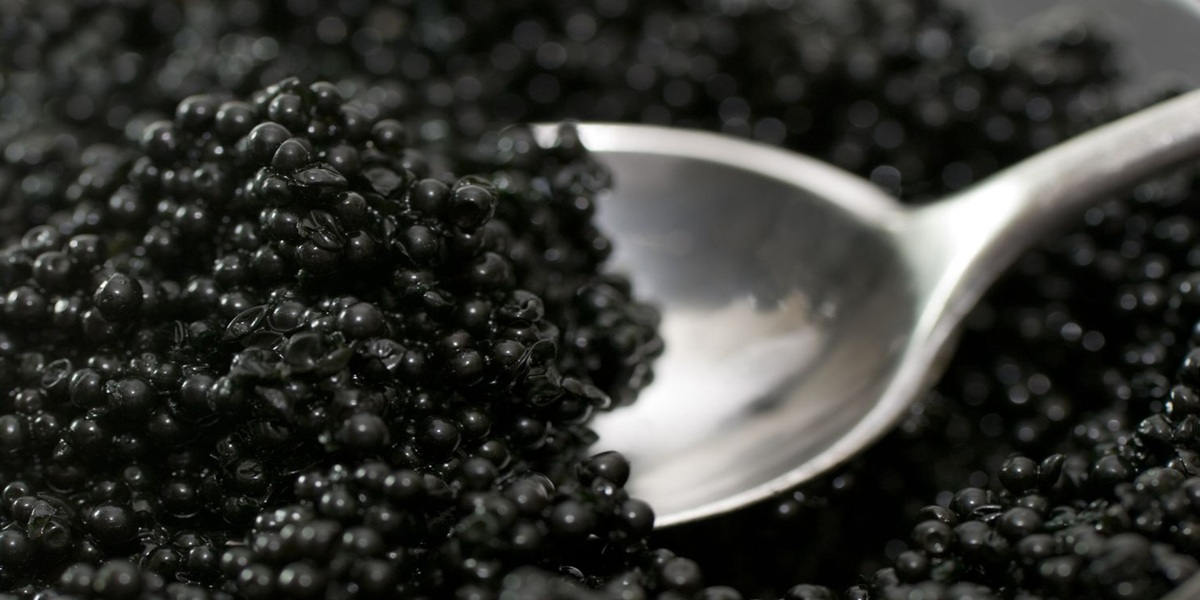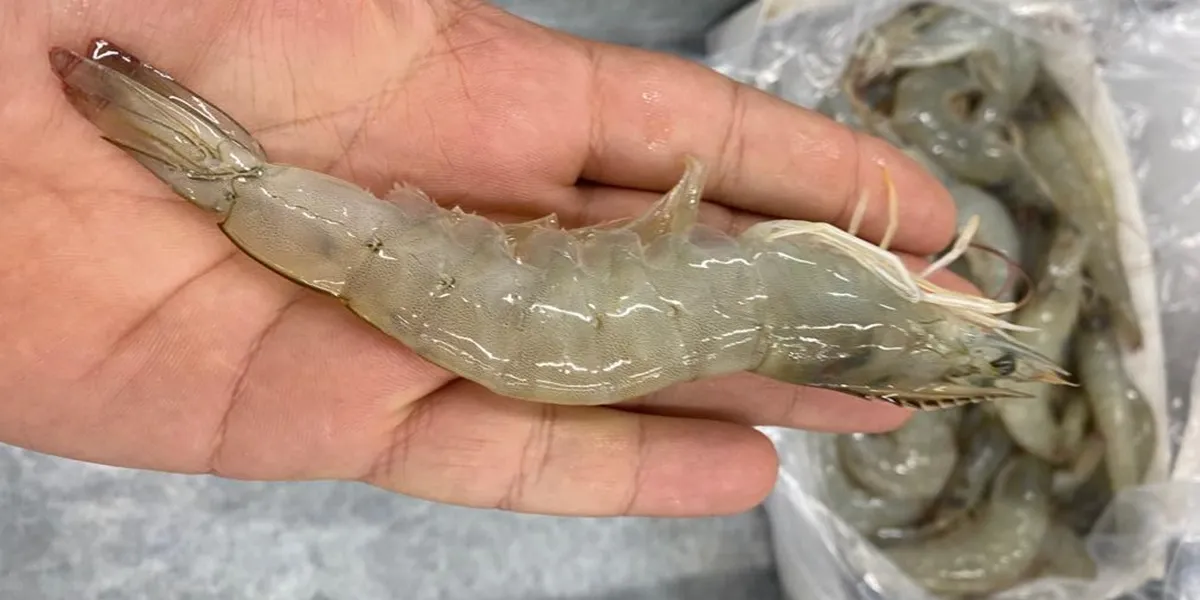Few delicacies carry the mystique, refinement, and cultural depth of caviar. This luxurious ingredient, once reserved for tsars and emperors, has transcended borders to become a symbol of taste and tradition in diverse cultures around the world. But beyond its elegant reputation lies a story woven with history, biology, and culinary craftsmanship. Caviar isn’t just about indulgence — it’s about heritage, ritual, and in many cases, nutritional value.
Each culture brings its own unique interpretation to the experience of enjoying caviar. From the earthy elegance of Iranian beluga served with traditional breads to the clean simplicity of Japanese roe nestled atop sushi, these traditions reflect deeper cultural philosophies about food, nature, and celebration. And while the source—salted fish eggs—remains constant, the ways in which different peoples savor caviar vary widely, shaped by geography, religion, and local ingredients.
In this guide, we’ll explore five fascinating caviar traditions from across the globe, uncovering the types of caviar they feature, the health benefits they emphasize, and how these customs have evolved with time. Whether you’re a connoisseur or just caviar-curious, these insights will give you a deeper appreciation for how this ancient food continues to unite cultures through taste.
1. Iranian Caviar Traditions: A Legacy of Purity, Flavor, and Cultural Significance
Iranian caviar holds a unique and time-honored place in the culinary heritage of the Middle East. Harvested mainly from Beluga, Osetra, and Sevruga sturgeons in the southern Caspian Sea, Iranian caviar is recognized worldwide for its delicate texture, large egg size, and buttery flavor. Unlike in many Western cultures where caviar is often reserved for elite tasting menus, in Iran, it carries deep cultural value and is traditionally served with lavash bread, boiled eggs, and fresh herbs, especially during celebratory meals and family gatherings.
The production of Iranian caviar is steeped in both tradition and sustainability. For generations, fishing communities along the Caspian coast have refined techniques to collect sturgeon roe while maintaining ecological balance. Today, modern aquaculture efforts are working to ensure that Iran’s sturgeon species are protected and nurtured, allowing for both conservation and commercial viability.
Culturally, Iranian caviar symbolizes generosity, wellness, and authenticity. Its minimal preparation — usually without heavy garnishes — reflects a culinary philosophy focused on purity of flavor. This respect for ingredient integrity is central to Persian food culture, where balance and natural taste reign supreme.
Whether enjoyed in traditional homes or modern fusion restaurants, Iranian caviar is more than a luxury product; it’s a bridge between nature, heritage, and refined taste. Its ongoing prominence in both local and international cuisine is a testament to its quality and cultural value.
2. Caviar in Russian Culture: A Symbol of Prestige and Timeless Celebration
Caviar is more than a food in Russian culture — it is a ceremonial experience, often associated with heritage, celebration, and national pride. Russia’s relationship with sturgeon Caviar dates back centuries, when black caviar was served at the tables of tsars and Orthodox feasts alike. Today, caviar remains a centerpiece of festive Russian gatherings, typically enjoyed with warm blini, sour cream, chopped egg, and a glass of chilled vodka.
In its Russian context, caviar isn’t rushed. It’s part of a larger dining ritual that emphasizes respect for the ingredients, the guests, and the moment. Traditionally served on ice and with non-metallic spoons to preserve taste integrity, caviar’s presence elevates the entire meal.
Nutritionally, caviar is also deeply valued. It is rich in omega-3 fatty acids, complete proteins, and key vitamins like B12 and D, aligning well with both traditional and modern health-conscious diets. Russian households, particularly in coastal or river-adjacent regions, have long recognized caviar’s strength-giving properties, often incorporating it into meals during fasting periods due to its high protein content.
Today, caviar from Russia — especially Osetra and Sevruga varieties — is still considered among the finest globally. Its reputation continues to grow thanks to responsible farming and export practices. Yet at home, it remains deeply tied to tradition, hospitality, and shared joy.
In Russia, caviar is not merely consumed — it’s honored. This combination of reverence, nutrition, and ritual makes it one of the most enduring symbols of cultural prestige.
3. High Quality Caviar in French Cuisine: Where Elegance Meets Culinary Innovation
In the world of haute cuisine, few ingredients are as revered as High quality caviar. France, although not a traditional caviar-producing country, has embraced and elevated this delicacy through innovation, sustainability, and refined presentation. French chefs use high quality caviar not just as a garnish but as the star component of intricately designed dishes that highlight its texture, flavor, and visual appeal.
In French culinary tradition, caviar is most often paired with light, creamy bases such as crème fraîche, soft eggs, or potato mousseline. These ingredients allow the subtle salinity and oceanic depth of the caviar to shine. The emphasis is on minimalism and balance — core principles of French gastronomy. Every detail, from serving temperature to plating design, is carefully considered to preserve the delicate nature of high quality caviar.
French aquaculture has also become a major contributor to global caviar markets. Regions like Aquitaine are home to sustainable sturgeon farms that produce premium Baeri and Osciètre caviar. These farms focus on both ecological responsibility and culinary excellence, ensuring consistency in size, color, and flavor.
From a nutritional perspective, high quality caviar offers a wealth of omega-3s, antioxidants, and essential minerals. It fits well into modern dietary trends that prioritize nutrient-dense, ethically sourced ingredients.
Whether enjoyed in Michelin-starred restaurants or artisanal tasting rooms, high quality caviar in France is a harmonious blend of tradition and innovation — a showcase of how luxury can be thoughtful, sustainable, and exquisitely crafted.

4. Health Benefits of Caviar in Japanese Culinary Philosophy
In Japanese cuisine, food is seen not only as nourishment but as a key to long-term health and balance — making the Health benefits of caviar especially relevant. While traditional Japanese dishes did not originally feature sturgeon caviar, the modern culinary landscape has fully embraced it, integrating it into sushi, sashimi, and kaiseki courses.
Japanese chefs approach caviar with exceptional precision. Every detail — from grain size to salt content to temperature — is optimized to support the diner’s sensory and biological experience. Caviar is often paired with health-promoting ingredients like seaweed, tofu, or dashi broth, which enhance its umami flavor while contributing additional nutrients.
The health benefits of caviar align closely with Japan’s emphasis on wellness. Rich in omega-3 fatty acids, vitamin B12, selenium, and iron, caviar supports brain function, cardiovascular health, and immune resilience. These qualities resonate with Japanese dietary guidelines that promote foods low in saturated fats and high in essential micronutrients.
Japanese cuisine values balance, seasonality, and mindfulness. Caviar’s inclusion in modern Japanese dishes reflects this ethos — used sparingly yet meaningfully to enhance flavor and nutrition. Its small size and concentrated taste make it ideal for minimalistic plating that still delivers nutritional impact.
As Japanese chefs continue to innovate, the health benefits of caviar offer both a culinary asset and a wellness tool. It’s a perfect example of how traditional food values can be updated for modern needs without compromising harmony or flavor.
5. Scandinavian Simplicity and Caviar Market Trends in Northern Europe
Scandinavian countries have cultivated a deep appreciation for roe and fish-based delicacies — traditions that naturally align with evolving Caviar Market Trends. While sturgeon caviar isn’t historically native to Nordic cuisine, its integration into modern Scandinavian food culture speaks volumes about changing tastes, sustainability priorities, and health awareness.
In Denmark, Sweden, and Norway, caviar and caviar-like roes such as lumpfish or vendace are commonly served atop rye crisps or alongside sour cream and dill. These traditional preparations have now merged with contemporary food trends, where chefs elevate the presentation using locally sourced, ethically harvested roe and imported high-grade caviar.
One of the driving forces behind caviar market trends in Scandinavia is sustainability. The region’s culinary ethos strongly favors environmentally responsible choices. As such, the demand for aquaculture-produced caviar has grown, especially varieties with transparent sourcing and low ecological impact.
Health is another key factor shaping the caviar market in Northern Europe. Consumers are increasingly drawn to nutrient-rich, low-carb, high-protein foods. Caviar, with its dense nutritional profile — including omega-3s, vitamin D, and essential amino acids — fits perfectly into the Scandinavian focus on wellness through food.
Furthermore, the minimalist, clean aesthetic of Scandinavian cuisine enhances caviar’s visual and sensory appeal. Its rich flavor contrasts beautifully with the region’s neutral, wholesome ingredients, creating balanced and satisfying dishes.
In essence, the fusion of traditional tastes and modern sustainability reflects current caviar market trends in Scandinavia — proving that even the most exclusive foods can thrive in practical, health-conscious, and environmentally aware cultures.
6. Middle Eastern Opulence: Caviar as a Symbol of Hospitality and Heritage
In Middle Eastern cultures, caviar transcends its status as a luxury item to embody hospitality, tradition, and culinary artistry. Particularly in countries bordering the Caspian Sea, such as Iran, caviar holds a revered place in both historical and modern gastronomy.
Iranian caviar, especially from the Beluga sturgeon, is esteemed for its large, delicate eggs and nuanced flavor profile. Traditionally, it is served with warm flatbreads like lavash, accompanied by fresh herbs and sometimes a touch of strained yogurt, allowing the caviar’s natural taste to shine. This minimalist approach reflects the region’s appreciation for pure, unadulterated flavors.
Culturally, caviar is often associated with generosity and is presented during significant gatherings and celebrations. Its inclusion in meals signifies respect and honor towards guests, aligning with the Middle Eastern ethos of lavish hospitality.
From a nutritional standpoint, caviar is rich in omega-3 fatty acids, high-quality proteins, and essential vitamins like B12 and D. These attributes have long been recognized in traditional Middle Eastern medicine, where caviar is considered beneficial for vitality and overall health.
In contemporary Middle Eastern cuisine, chefs are innovating by incorporating caviar into fusion dishes that marry traditional ingredients with modern techniques. Examples include caviar-topped hummus or saffron-infused caviar canapés, showcasing the region’s dynamic culinary evolution.
Thus, in the Middle East, caviar remains a potent symbol of cultural pride, healthful eating, and the enduring importance of gracious hospitality.
7. American Reinvention: Caviar in Contemporary Culinary Creativity
In the United States, caviar has undergone a transformation from an exclusive delicacy to a versatile ingredient embraced in diverse culinary contexts. American chefs and food enthusiasts have reimagined caviar, integrating it into both traditional and avant-garde dishes that reflect the country’s innovative spirit.
Historically, the U.S. was a significant producer of caviar, with abundant sturgeon populations in rivers like the Delaware and Mississippi. Today, sustainable aquaculture practices have revitalized domestic caviar production, focusing on species such as paddlefish and white sturgeon. These efforts ensure a steady supply while prioritizing environmental responsibility .  
Culinarily, American caviar is featured in a myriad of creative applications. From topping classic dishes like deviled eggs and potato chips to starring in innovative creations like caviar-topped tater tots and sushi rolls, its versatility is celebrated. This democratization of caviar reflects a broader trend towards making gourmet experiences accessible to a wider audience .
Nutritionally, caviar offers a rich source of omega-3 fatty acids, essential amino acids, and vitamins, aligning with health-conscious dining trends. Its inclusion in various dishes not only enhances flavor but also contributes beneficial nutrients.
American culinary culture’s embrace of caviar exemplifies a blend of tradition and innovation, transforming it into an ingredient that transcends its luxurious origins to become a staple in contemporary cuisine.
Cultural Palates: How Tradition Influences Caviar Taste Perception
Taste perception is not solely a matter of individual preference; it is significantly shaped by cultural background and culinary traditions. Studies have demonstrated that cultural experiences influence how individuals perceive and appreciate flavors, including those of caviar . 
For instance, individuals from cultures with a history of consuming fermented or umami-rich foods may be more receptive to the complex flavors of caviar. Conversely, those from regions where such tastes are less prevalent might find caviar’s profile challenging.
Cultural rituals and serving practices also play a role. In Russia, caviar is traditionally enjoyed with blini and sour cream, creating a familiar flavor combination that enhances its appeal. In Japan, the emphasis on subtlety and balance in cuisine may influence the preference for caviar varieties with delicate flavors.
Understanding these cultural influences is crucial for culinary professionals aiming to introduce caviar to diverse audiences. Tailoring presentations and pairings to align with cultural taste preferences can enhance acceptance and enjoyment.
Ultimately, acknowledging the impact of cultural background on taste perception allows for more inclusive and appreciative culinary experiences, fostering a deeper connection between food and cultural identity.
Sustainable Caviar: Merging Tradition with Environmental Responsibility
The growing demand for caviar has raised concerns about the sustainability of traditional harvesting methods, particularly regarding sturgeon populations. In response, the caviar industry is increasingly adopting sustainable practices that honor cultural traditions while protecting ecological balance.
Modern aquaculture techniques enable the farming of sturgeon in controlled environments, reducing the impact on wild populations. These methods ensure a consistent supply of caviar and allow for the implementation of ethical harvesting practices . 
Innovations such as “no-kill” caviar harvesting, where eggs are extracted without harming the fish, exemplify the industry’s commitment to animal welfare and sustainability. Additionally, advancements in traceability and certification help consumers make informed choices about the caviar they consume . 
Culturally, these sustainable practices are being integrated into traditional caviar consumption rituals. By aligning environmental responsibility with cultural heritage, communities can continue to celebrate caviar as a symbol of festivity and refinement without compromising ecological integrity.
The shift towards sustainable caviar production represents a harmonious blend of tradition and innovation, ensuring that this cherished delicacy can be enjoyed by future generations.

Hosting a Global Caviar Tasting: A Cultural and Culinary Exploration
Organizing a caviar tasting event offers an opportunity to explore the rich tapestry of cultural traditions associated with this delicacy. By presenting caviar from various regions, hosts can create an immersive experience that celebrates global culinary diversity.
Begin by selecting a range of caviar types, such as Beluga, Osetra, and Sevruga, each offering distinct flavor profiles and textures. Accompany these with traditional pairings: blini and sour cream for Russian caviar, lavash and herbs for Iranian varieties, or sushi rice and nori for Japanese roe.
Educate guests on proper caviar etiquette, including the use of non-metallic utensils like mother-of-pearl spoons to preserve flavor integrity. Encourage tasting caviar on its own before combining it with accompaniments to fully appreciate its nuances . 
Enhance the experience by providing background on each caviar’s origin, production methods, and cultural significance. This contextual information fosters a deeper appreciation and connection to the tasting.
Hosting a caviar tasting that emphasizes cultural traditions not only delights the palate but also educates and brings people together through shared culinary exploration.
Conclusion: What Caviar Can Teach Us About Culture, Nature, and Taste
Caviar isn’t simply a high-end food—it’s a global expression of how humans interact with nature, celebrate heritage, and elevate the everyday to the extraordinary. Whether served with Russian blini, Persian bread, Japanese rice, or French cream, caviar adapts to its environment while preserving its core identity.
Each culture has developed its own philosophy around how to serve, pair, and respect this delicacy. Along the way, they’ve discovered that beyond luxury, caviar offers rich nutritional properties, from omega-3 fatty acids and high-quality proteins to micronutrients like selenium and vitamin B12. This makes it a unique food that blends tradition, health, and indulgence into one experience.
As we’ve seen, from the Caspian Sea to the sushi bars of Tokyo, caviar continues to evolve while holding true to its origins. By exploring its cultural stories, we don’t just learn how people eat caviar—we learn how they live.




